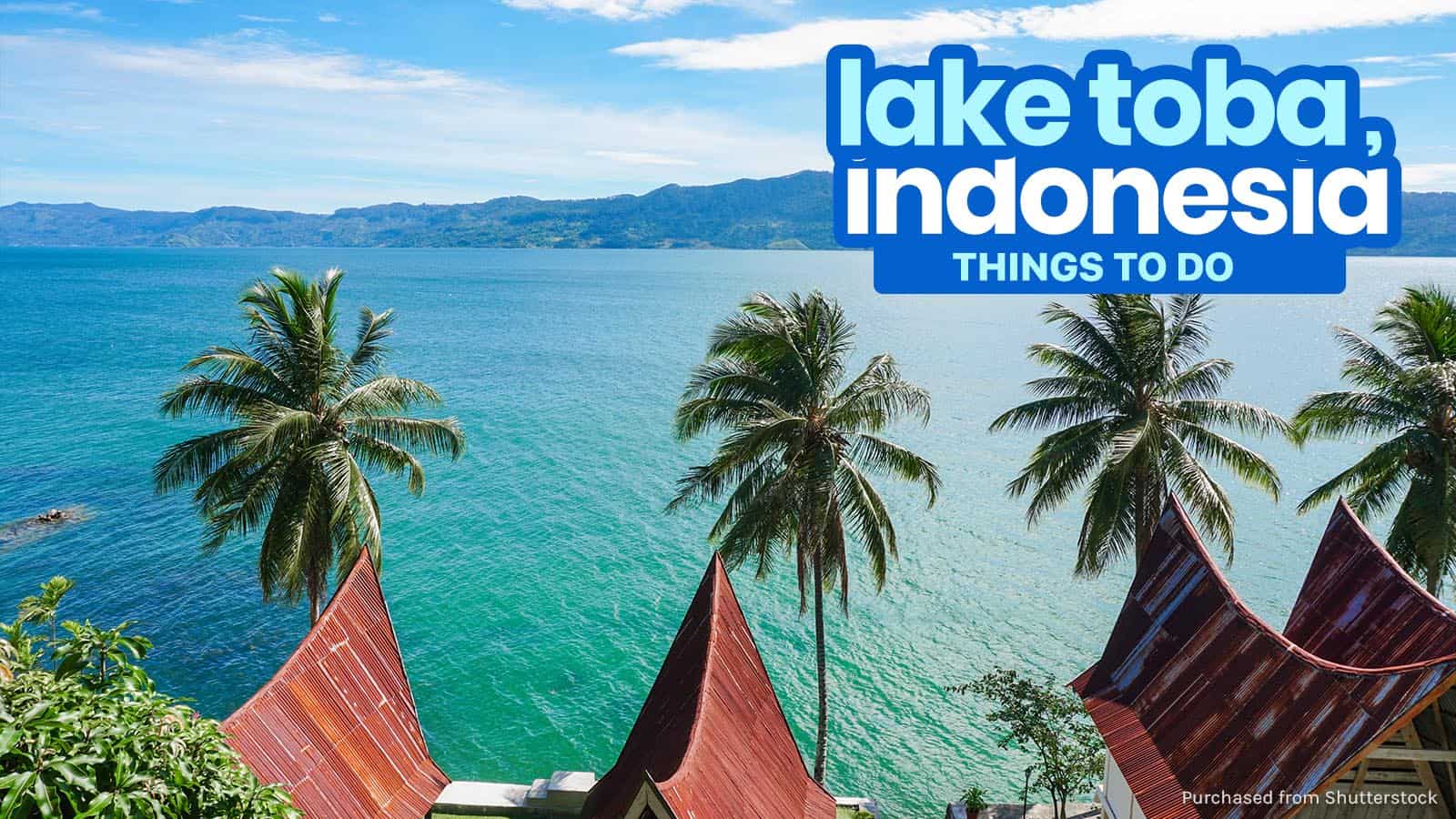“Bhinneka Tunggal Ika”, Indonesia’s national motto is the guiding principle that shapes the country. It is translated as “Unity in Diversity” and literally means “many yet one” from the Old Javanese language. Considering the scale of the archipelagic country, you can just imagine the immense tourism offerings, both for destination and activity options.
Indonesia is not only Bali. Seriously. It is a message that the government wants to send to the world when they launched the 10 New Bali Project, which aims to introduce more tourism hubs in the country: Borobudur Temple, Mount Bromo, Morotai Island, Mandalika, Labuanbajo, Wakatobi, Kepuluan Seribu, Tanjung Lesung, Tanjung Kelayang, and — last but not the least — Lake Toba.
At the heart of North Sumatra, Lake Toba is the largest lake not only in Indonesia but also in Southeast Asia and the largest volcanic lake in the world, spanning over 1,100 square kilometers. Whew! But wait…there’s more. At the depth of more or less 500m, it is also one of the deepest lakes in the world.
Ironically, Lake Toba was naturally constructed by the catastrophic eruption of Mount Toba about 70,000 years ago. Today, Lake Toba Caldera is one of Indonesia’s nineteen geoparks, featuring a wide variety of flora and fauna and rich heritage embodied by the ethnic groups, particularly the Batak group. Lake Toba is surrounded by seven regencies — Samosir, Toba Samosir, Simalungun, North Tapanuli, Karo, Dairi, and Humbang Hasundutan.
Whether natural or cultural, Lake Toba has a lot to offer tourists, making it one of the major tourist destinations in the region. Here are just some of the many things to do and places to visit in and around Lake Toba. Horas!
Samosir Island
Samosir Island is a volcanic island, almost the size of Singapore, nestled in the middle of Lake Toba. Thousands of years ago, after the destructive eruption of Mount Toba, the island emerged from the devastation. It is currently the world’s largest island within an island and one of the world’s largest lake islands. Six of the nine districts of Samosir Regency are found on Samosir Island.
Samosir Island can be reached by ferry from Parapat’s port to the eastern portion of the island, particularly Tuktuk, Tomok, and Ambarita Village. The island is connected to the mainland on the western portion via Pangururan on the island and Tele on the mainland.
Offering not just natural attractions and spectacular views, the island is also a place to immerse in culture and history as it is the heart of Batak heritage, specifically the Toba Batak. Here are some of the tourist spots on Samosir Island.
Getting Around Samosir Island: You can take the angkot (minivan) that operates from 7AM to 5PM. The fare ranges from IDR 5,000 to 25,000n depending on the destination/distance. The usual route covers Tomok, Tuktuk, Ambarita, Simanindo, and Pangururan. You may also rent a bicycle or motorbike to explore the island.
Tomok Village
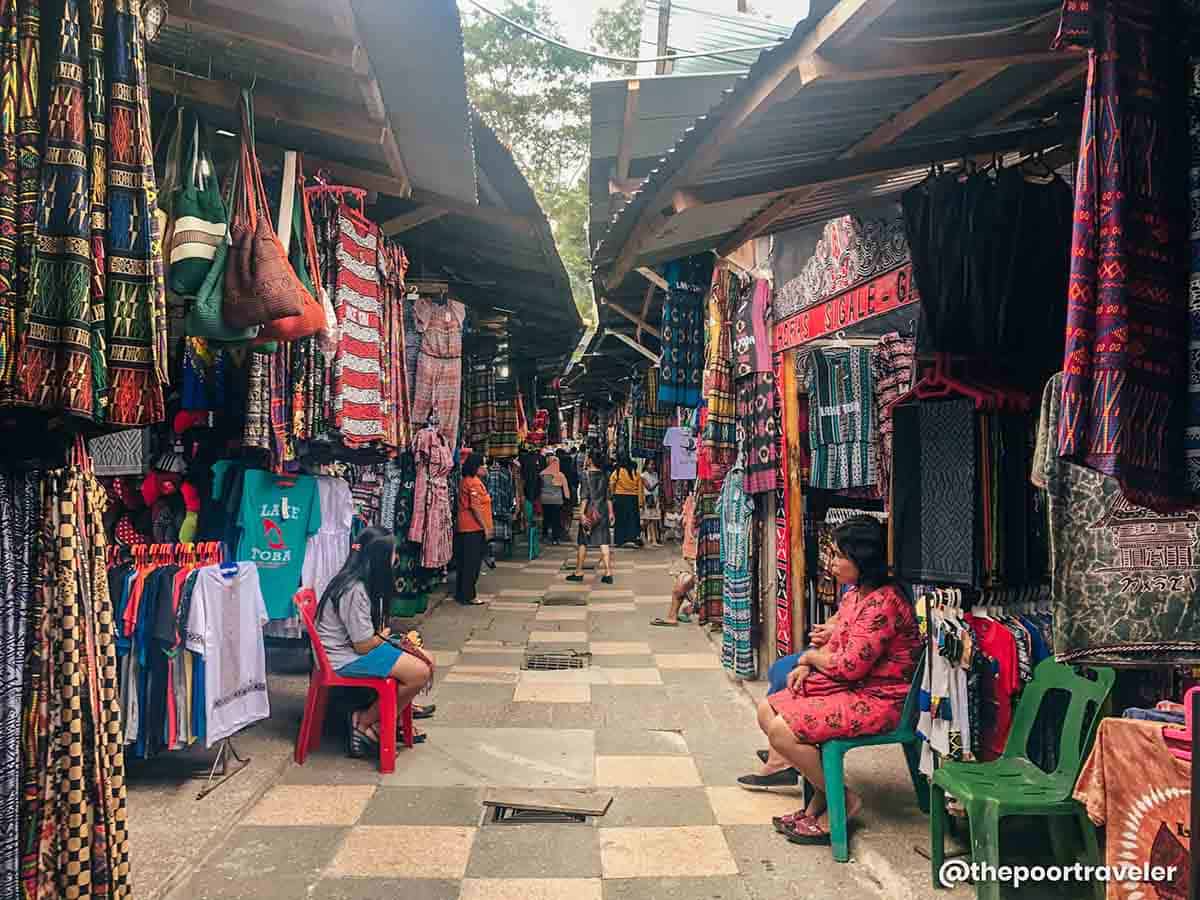
This is a place where you can find Batak Museum and the old tomb of King Sidabutar, said to be the first to set foot on the island. Tomok is also where you can shop for souvenirs like Batak products and food.
Ambarita Village
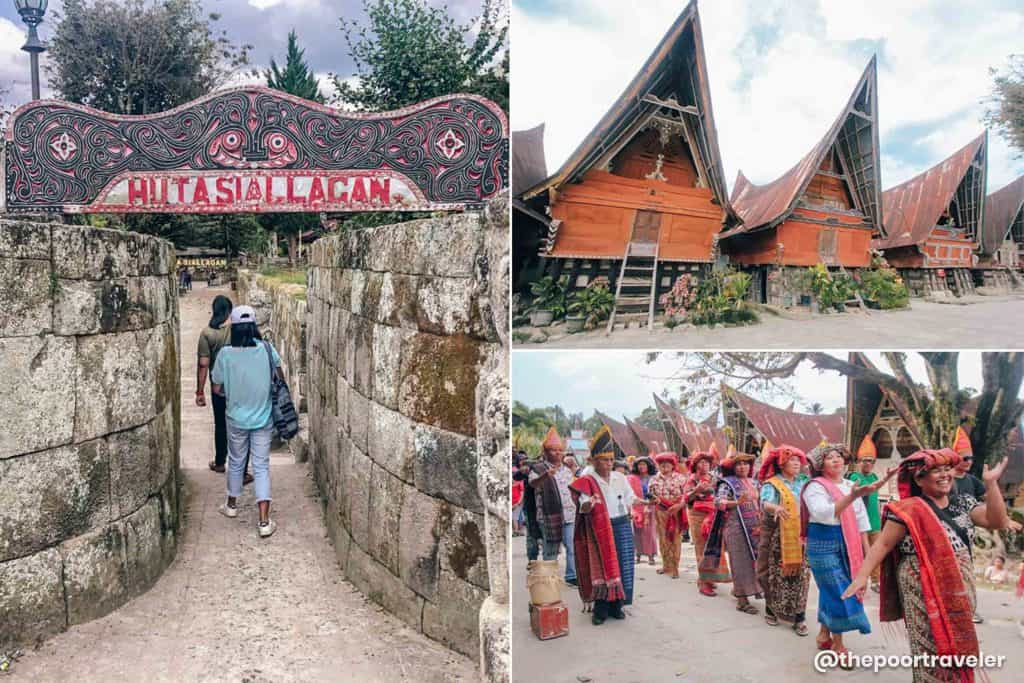
There are also souvenir shops here, but the popular attraction is the ancient village, Huta Siallagan. Upon entering the narrow stone entrance passage, a row of traditional Toba Batak house will greet you on your left, including the former house of the Siallagan king. The Siallagans are direct descendants of the King of Batak through King Naimbaton.
Aside from the traditional houses, other interesting sites are the two sets of stone chairs and tables — the Stones for Meetings and Trials (Batu Parsidangan). While here, you can also meet the present chieftain, Gading J. Siallagan, a descendant of the Siallagan King. If dancing is your thing, you can also participate in the Sigale-gale (puppet) dance with the wooden marionette.
Tuktuk Village
Tuktuk Village is the most developed place on the island mainly for tourism purposes. This is close to Tomok Village and Ambarita Village. Here, you will find most of the accommodations and food places. There are also beaches near the village.
Here are other attractions on the island: Simanindo Village, Putih Parbaba Beach, Pasir Putih Beach, Hotsprings Rianiate, Pusuk Buhit Mountain, Lake Sidihoni, and more.
Huta Ginjang
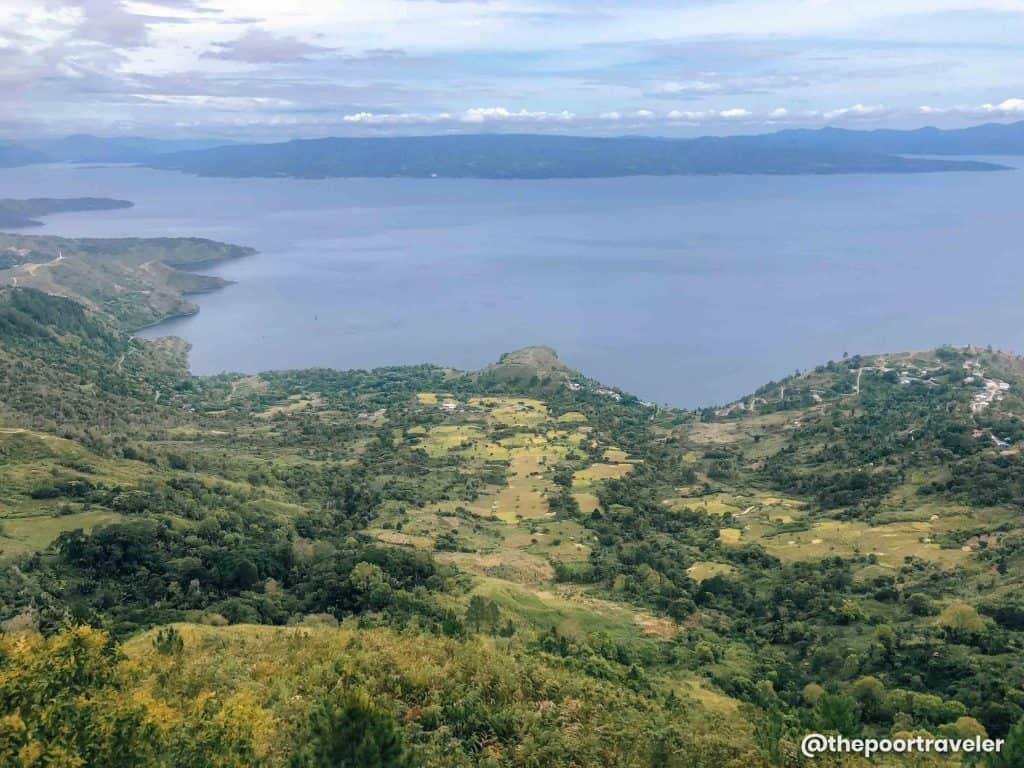
Sitting at an altitude of over 1500 meters above sea level, Huta Ginjang is one of the best places to view Lake Toba. The viewpoint is located on the southern shores of Lake Toba. Feast your eyes on the bucolic tableau of rolling hills and calm waters of the vast lake. During the right season, this site becomes a jumping-off point for paragliding and other air sports. There are tables and chairs and a line of stores and stalls selling food, beverages, and some souvenirs. Don’t forget to bring jackets as it can get really cold up there.
Address: Sitanggor, Muara, North Tapanuli Regency
Opening Hours: 24 hours (recommended time to visit is morning or late afternoon)
Taman Eden 100
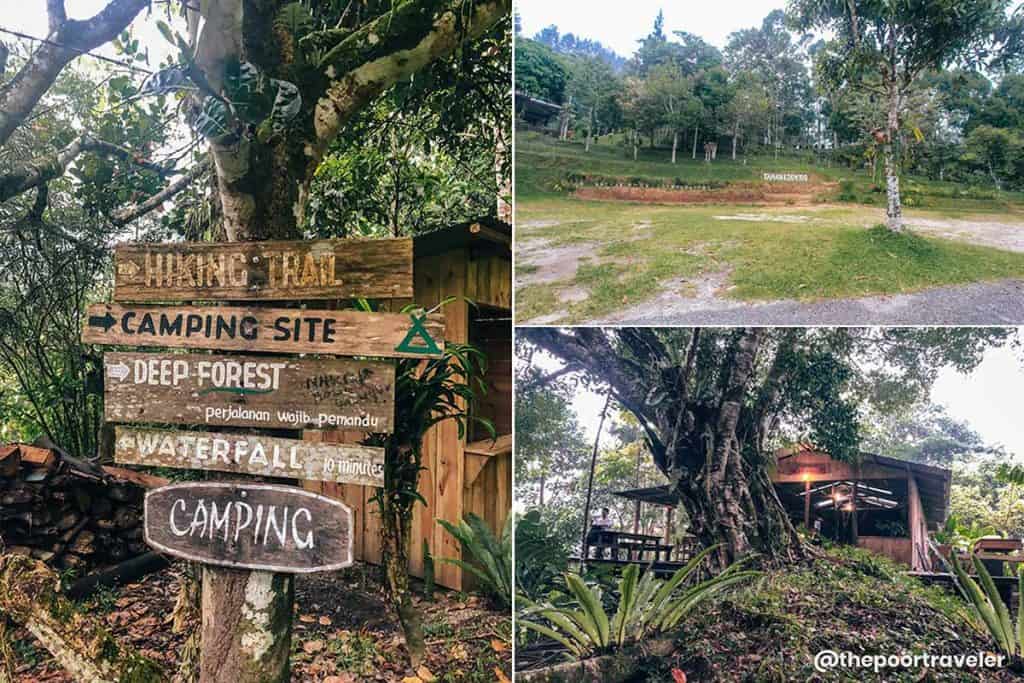
If you are craving serenity surrounded by greenery, Taman Eden 100 will surely deliver. For the adventurous, you can go jungle trekking, chase the waterfalls or even go camping. If you just want to take it slow and revel in the refreshing ambiance, you may do so at the quaint Black Wood Coffe House located inside the park and where you can try Andaliman coffee. Andaliman Peppercorn has a tangy taste, similar to peppermint (but stronger) and is a very popular component in Batak dishes. There’s also a plantation of Andaliman pepper and a store that sells andaliman-based products inside the park.
Address: North Sionggang Lumban Rang Village, Lumban Julu District in Toba Samosir Regency within the Lake Toba Caldera Geopark
Opening Hours: 8:00 AM – 6:00 PM (Daily)
TB Silalahi Center
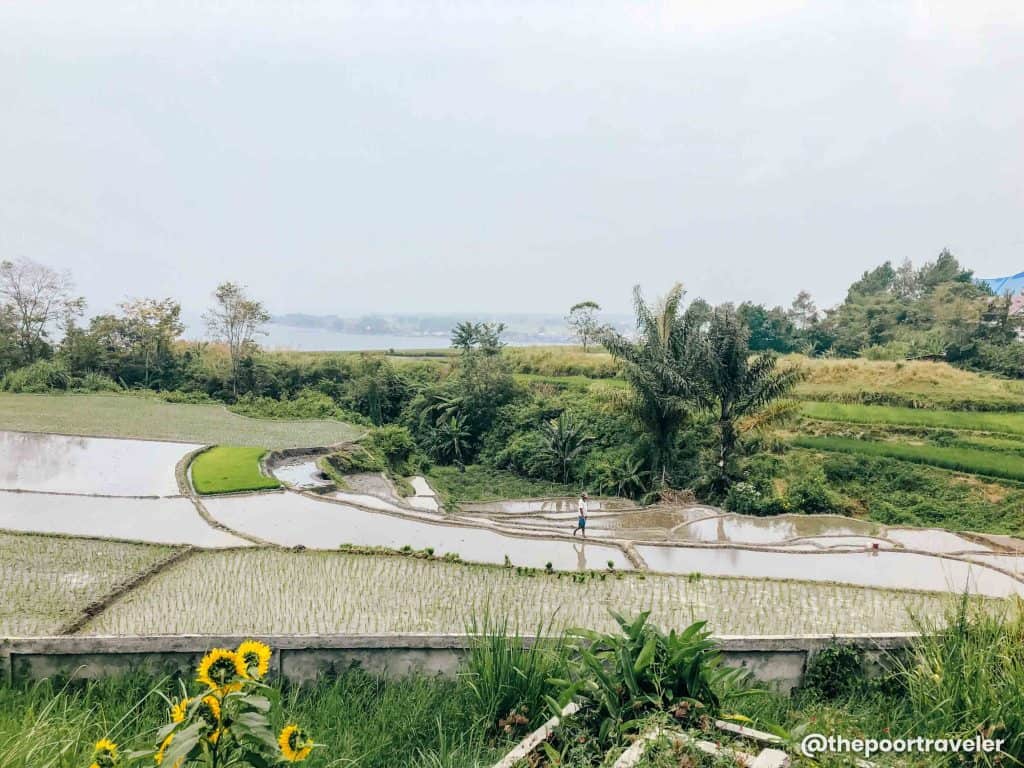
TB Silalahi Center is a cultural complex named after a famous Batak personality, Tiopan Bernhard Silalahi. The site aims to preserve the heritage of the Bataks, the indigenous people of North Sumatra. It houses the Batak Museum, featuring the customs and traditions of the Batak ethnic group. It also has an outdoor museum (Batak traditional houses), a convention center, a swimming pool, an art shop, restaurants, and cafeterias.
Address: No.88 Silalahi Village, Jalan Pagar Batu in Balige, Toba Samosir Regency
Opening Hours: 8:00 AM – 5:00 PM (Tuesday-Sunday); Closed (Monday)
Toba Food Trip
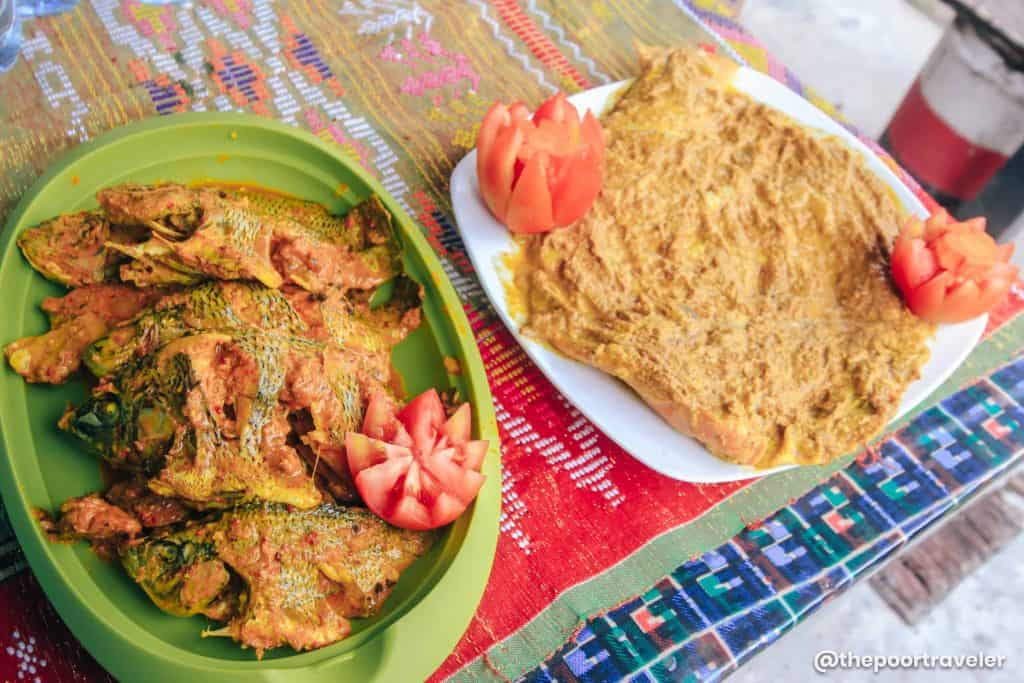
- Naniura. Also known as Batak sushi. This is a raw freshwater fish dish eaten without cooking but marinated in crushed and mixed herbs and spices — andaliman, ginger, lemon, onion, garlic, and candlenut.
- Samosir Coffee. The relatively colder climate of North Sumatra, especially in Lake Toba area, and the unique volcanic soil make the region an ideal place to grow coffee beans.
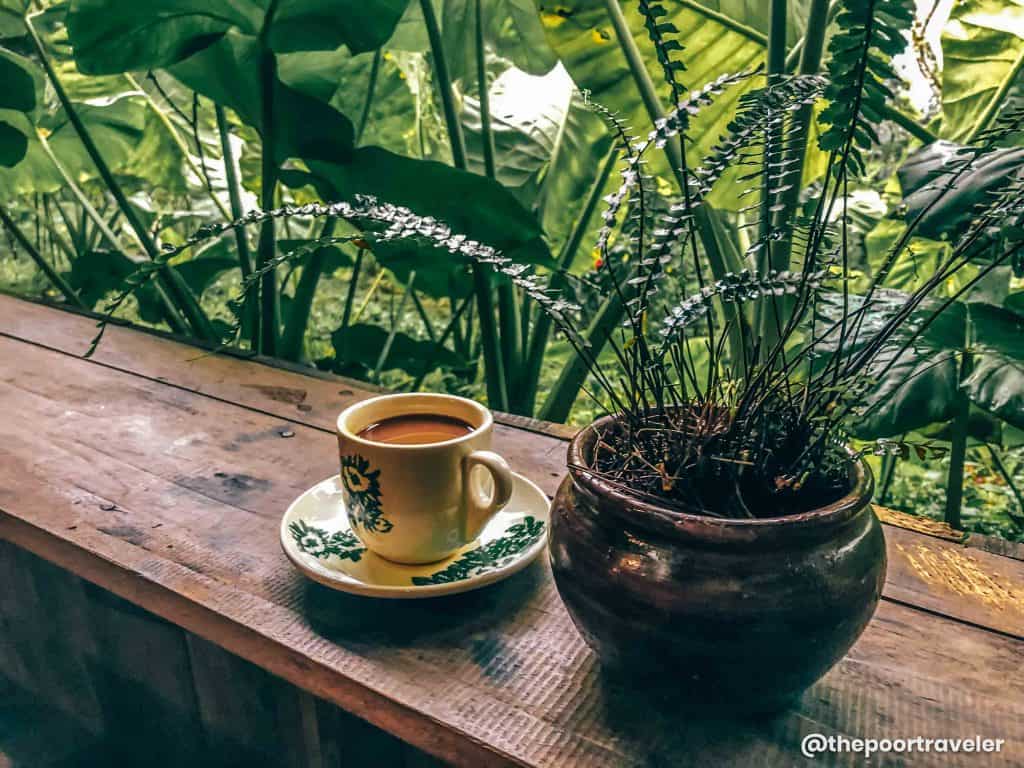
- Ombus Ombus. This is like a combination of Philippines’ suman and puto pao. This is a pyramid-shaped Batak snack made of rice flour, grated coconut, and sugar, wrapped in a banana leaf.
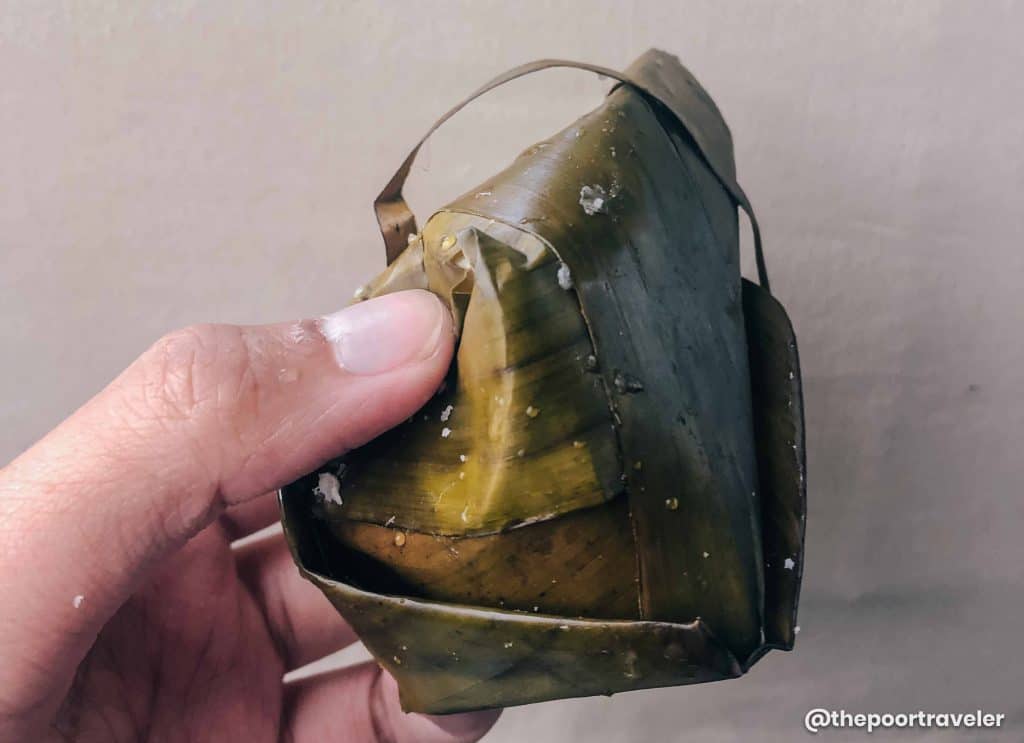
Festivals and Events
If you visit at the right time and you don’t mind the crowd, you can even join the festive celebration in the region. Here are some of them:
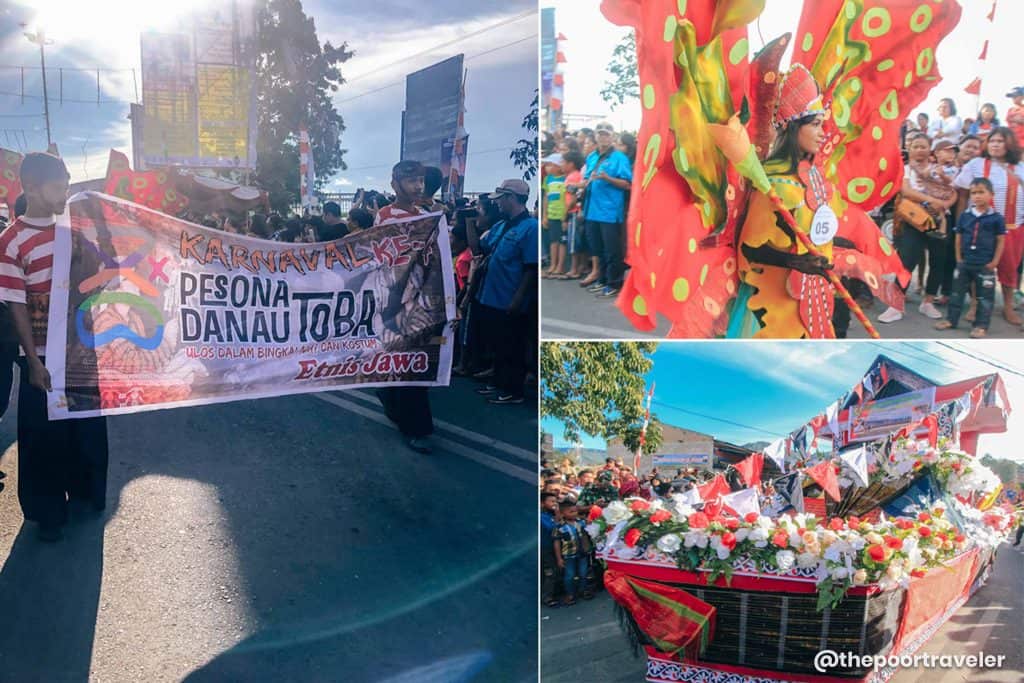
Karnaval Pesona Danau Toba
Translated in English, Lake Toba Charming Festival. This 2019, it celebrated its fourth year, which is usually held in the third quarter of the year. This is a relatively new festival which is created to remind the Batak youth of their roots. This is usually a three-day celebration of Batak culture in the town of Balige, the capital of Toba Samosir Regency. A street party/parade showcasing the various Batak tribes usually marks the end of the festivity.
Lake Toba Festival
Held in September, this is the most famous and widely celebrated festival in North Sumatra which dates back to the 80s. This is a one-day celebration presenting the colorful Batak culture. The festivity normally includes traditional sports competition, cultural dances, and wearing the traditional outfit and ulos, Batak’s handwoven textiles.
Toba Coffee Festival
If you are a coffee lover, make sure you visit in May. The festival is created to highlight the importance of the coffee industry in Sumatra, known for its Sumatra Mandheling. It also aims to launch other kinds of coffee beans like those from the Lake Toba area. This is a three-day celebration packed with coffee-related activities. Coffee paradise indeed!
Samosir Lake Toba Ultra
Also held in September, this festival seeks to make Lake Toba a major venue for ultramarathons by offering interesting and challenging routes that pass through scenic landscapes and historical sites.
Sipiso-piso Waterfall
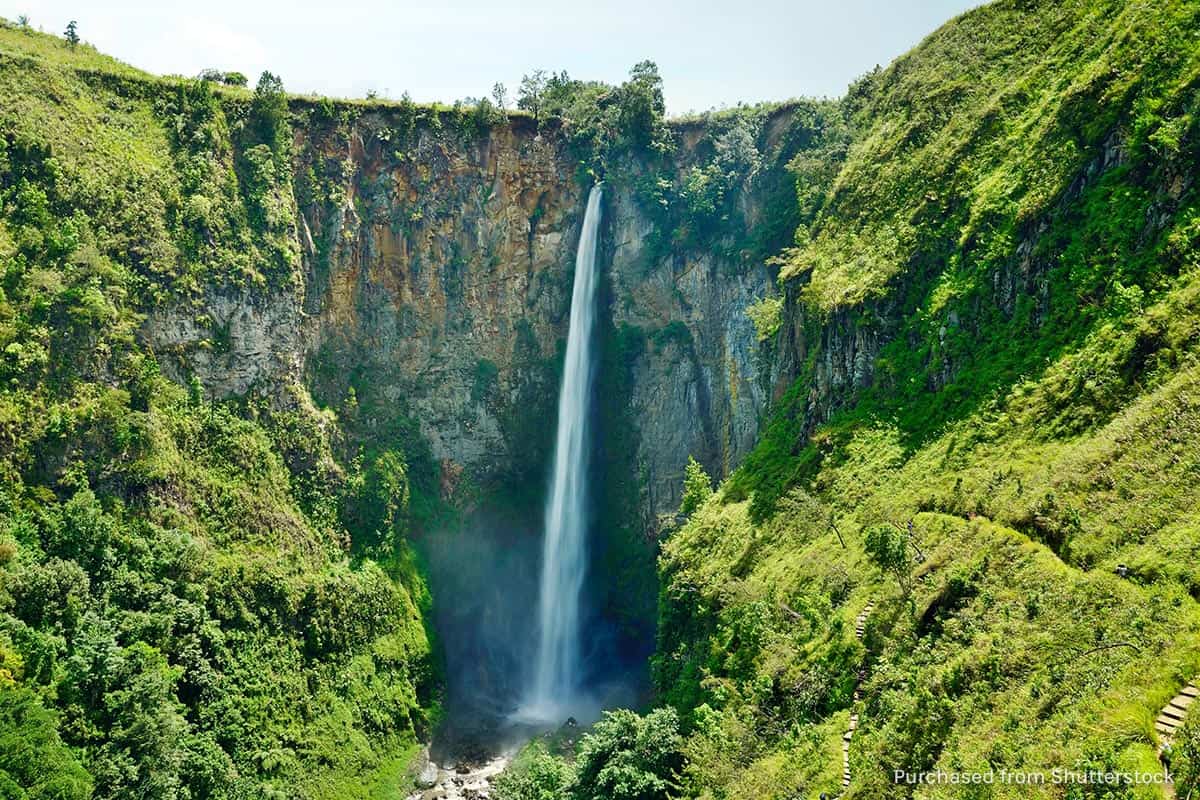
Cascading from 120 meters and resembling the form a knife (sipiso-piso in the native language), Sipiso-piso Waterfall is Indonesia’s tallest waterfall. Situated near the Tonggiang Village on the north shores of Lake Toba, this impressive natural wonder is surrounded by lush vegetation and mountains. The trek to the falls is a treat to nature lovers and adventurous peeps.
Other Attractions
- Gajah Bobok Hill (North of Lake Toba)
- Tele Tower View Point (West of Lake Toba)
- Batu Gantung (East of Lake Toba)
- Janji Waterfall (South of Lake Toba
- Lumban Bulbul Beach (South of Lake Toba)
- Pasir Putih Parparean Beach (South of Lake Toba)
- Tara Bunga Hill (South of Lake Toba)
How to Get to Lake Toba
If you’re wondering how you can get to Lake Toba, the closest airports are Silangit International Airport and Kualanamu International Airport. Jakarta will be the transit point to either gateway if you are coming from Manila as there are no direct flights from Manila to North Sumatra. The town of Parapat in Simalungun Regency is the usual jumping-off point to Lake Toba, serving also the shortest eastern link to Samosir Island. Here’s a detailed post:
Top Hotels and Resorts in Lake Toba
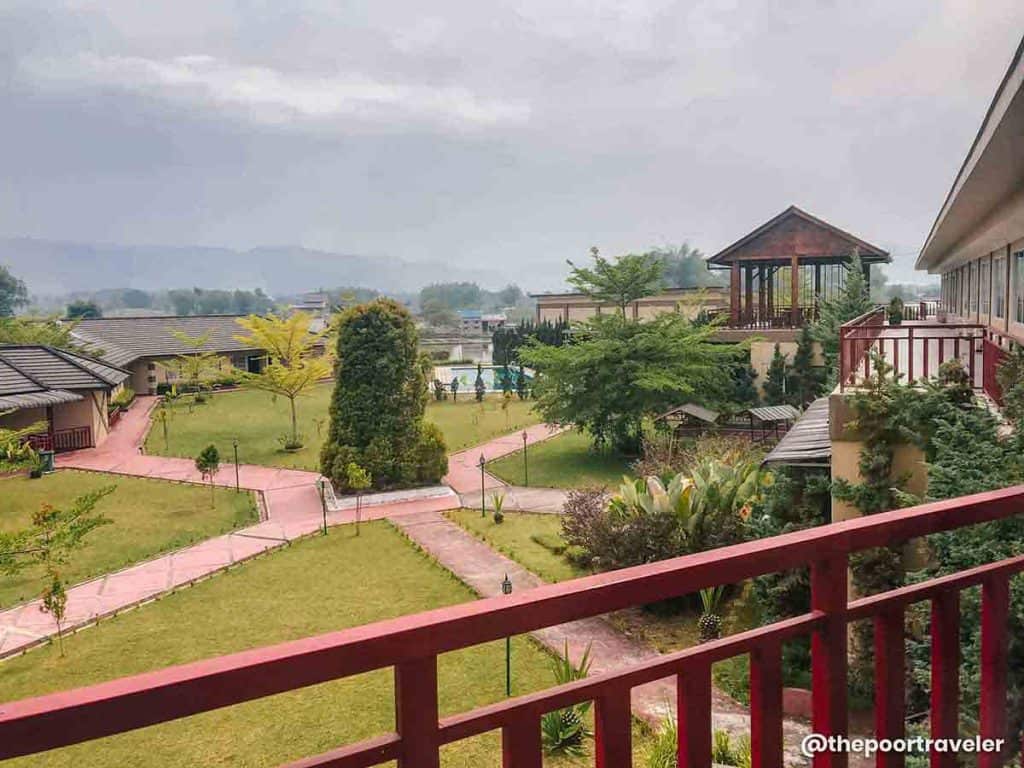
While exploring the area, we stayed at Sere Nauli Hotel located at Jl. Sisingamangaraja No.1, Ps Lagu Boti, Lagu Boti in Toba Samosir Regency. Here are other best-reviewed accommodations in Lake Toba as scored by Agoda users.
Search for more Lake Toba Hotels!
2️⃣0️⃣1️⃣9️⃣ • 1️⃣0️⃣ • 6️⃣
